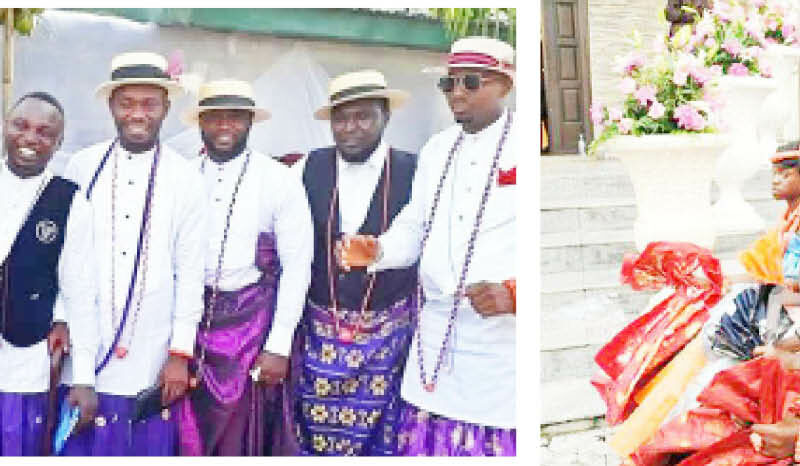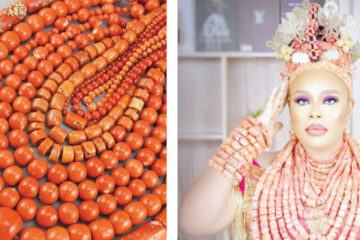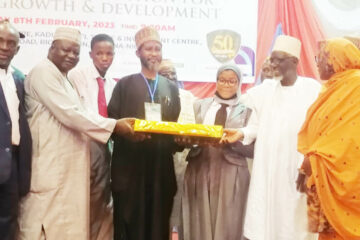The Itsekiri people of Delta State have always been known as a very cultured group of people. According to history, in the early days, the Itsekiri had very impressive trade, cultural links and relationships, with people of different ethnic, racial, and religious backgrounds. These are without a doubt the defining moments that shaped the history and culture of the people.
What makes it so beautiful is that over time, they have used their experiences to carve a niche for themselves in their dressing, dances, food and other traditions and customs that have made them to stand out among other tribes.
Kompini Dance
When it comes to dance performance, it goes beyond its artistic form of nonverbal communication of the body. Its movement is clearly defined by the rhythm of music, and they serve as a form of expression or social interaction.
In Africa where dances express the livelihood of our communities, like hunting, fishing, and cooking; it is also a code in transmitting traditional values of ethics, and code of conduct through the songs and gestures of the hips, shoulders, legs, hands, and head.
They teach social patterns and values, and help people work, mature, praise or criticize members of the community while celebrating festivals and funerals, competing, and reciting history, proverbs, and poetry.
Kompini dance of the Itsekiri tribe in the southern part of Delta is one of those African dances that are performed with specific purposes. And it has been an integral part of the Itsekiri culture.
A peculiar dance, it is performed specifically by women, consisting mostly of middle-aged women in praise of heroic leaders; and cannot be performed at just any occasion. They are specially presented at the palace of the king, at burials of prominent tribal leaders, and in remembrance of a prominent leader long gone like Chief Nana Olomu, who was one of the greatest Africans that ever lived.
Characteristically defined by the rhythmic music, Kompini is performed gracefully with soft steps and the gentle swaying of the hips as the chorus leader takes the song. The song, which is in praise of worthy leaders, is laced with proverbs and chants in their honour.
Dressed in George Wrapper either tied on the chest or the waist, the women also use hand fans, handkerchiefs, and horsetails as part of their costume for special effects.
Beyond the brilliant costume and dramatic movements of the body, this dance, which is not just a praise chant, also instills the need for people, especially those in the seat of power to imbibe the culture of heroism in their daily affairs, and to encourage those whose praises are being chanted, if alive to continue the exemplary path that they have taken.







